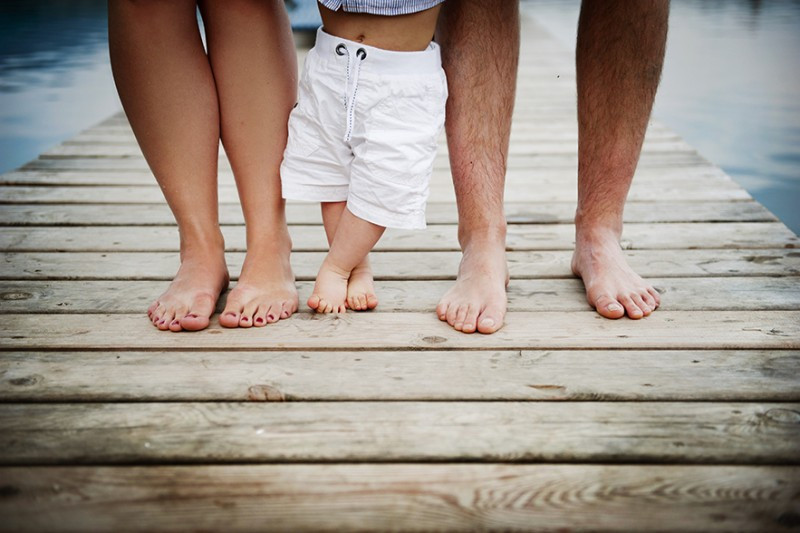It's easy to take our feet for granted, or even to forget about them entirely. Most of the time we have them covered up in socks and shoes, and we can't see them. The only time we really focus on them is when toweling off after a shower or when it's time to trim our toenails – or when we trip, stumble, or fall and either stub a toe or sprain an ankle. Our feet are like football referees or baseball umpires – we don't notice them until something goes wrong (for us or for our team). Most of us could use a refresher course in what's involved in taking care of our feet and why. This involves more than just removing our shoes and socks for whatever purpose, and then taking a whiff of our feet. That's just for kicks. It's the more serious issues we need to be concerned about when it comes to our feet, and they deserve as much attention as any part of our body. Foot care should be an ongoing proactive consideration, if we want to keep them healthy.
Maintaining Foot Health
Keeping our feet comfortable and well cared for is a given. Whenever and wherever we go for a walk, a run – or even if we are just standing – our feet support us immensely, and we must return the favor. This means inspecting them regularly, keeping our toenails trimmed, and exercising them even if for only a minute at a time to keep blood circulating properly. Circulation issues – of particular concern for diabetics and the elderly – can produce symptoms such as tingling, numbness, cramping, and discoloration of the skins and toenails, per health.howstuffworks.com. Neuropathy, usually associated with diabetics, is one of several health issues that can have serious repercussions for our feet. This is nerve damage that can reduce our ability to feel pain, heat, and cold, meaning we might have a foot injury, such as an ankle sprain, and not even know it. Or we could have a stone in our shoe and walk on it all day and not even feel it; ditto for a blister. As diabetes.org puts it, You might not notice a foot injury until the skin breaks down and becomes infected. Other impairments that can affect our feet include peeling and cracking skin, bunions, calluses (which can be trimmed with a pumice stone), hammertoes, gout, ingrown toenails, and foot ulcers (usually found on the ball of the foot or at the bottom of the big toe). Hopefully, not all of those at the same time. Worst-case scenario: the need for amputation of a foot or feet because of ulcers and infections that have been left untreated.Steps for Healthy Foot Care
OK, it's time to get serious about your feet – you might think you already are, but you might see some things you have been missing or neglecting over the years that are worth going back over. Here are a dozen foot care tips to keep in mind and to strive for in maintaining proper foot health:- Work to keep your blood sugar levels healthy, per webmd.com. In other words, work to avoid becoming diabetic, and if you already have diabetes, collaborate with your health care provider(s) to keep your blood sugar in a healthy range.
- Examine your feet daily. Just don't glance down at the top of your feet, then walk away and forget about them. Check out your bare feet for cuts, blisters, swelling, and red spots, and be sure to check under the hood, too (the bottoms of your feet).
- Wash your feet regularly. Daily, that is. Wash them in warm water (not hot) and dry them off thoroughly, especially between the toes.
- Treat the skin with TLC. Rub on some skin lotion (but not between the toes). A thin coat will suffice in keeping the skin soft and smooth.
- Trim toenails when needed. Go straight across and file each edge with an emery board or nail file, per diabetes.org.
- Always wear shoes and socks when up and about. Always. Avoid going barefoot – you never know where your next step might land, or on what.
- Protect your feet from the heat and the cold. Wear shoes at the beach or on hot pavement – your feet can burn easily, and that goes for sun protection as well. Also keep feet away from hot water, hot water bottles, heating pads, etc. In cold weather, bundle them up.
- Keep the blood flowing. Exercise your feet throughout the day, while seated. Move your ankles up and down and wiggle your toes for several minutes a few times a day.
- Check your feet in with your doctor. Have him or her check them out – this is a routine part of an annual physical, or at least it should be.

